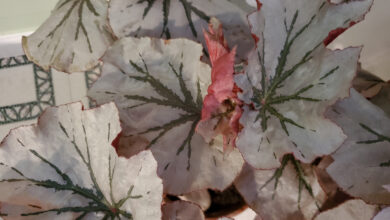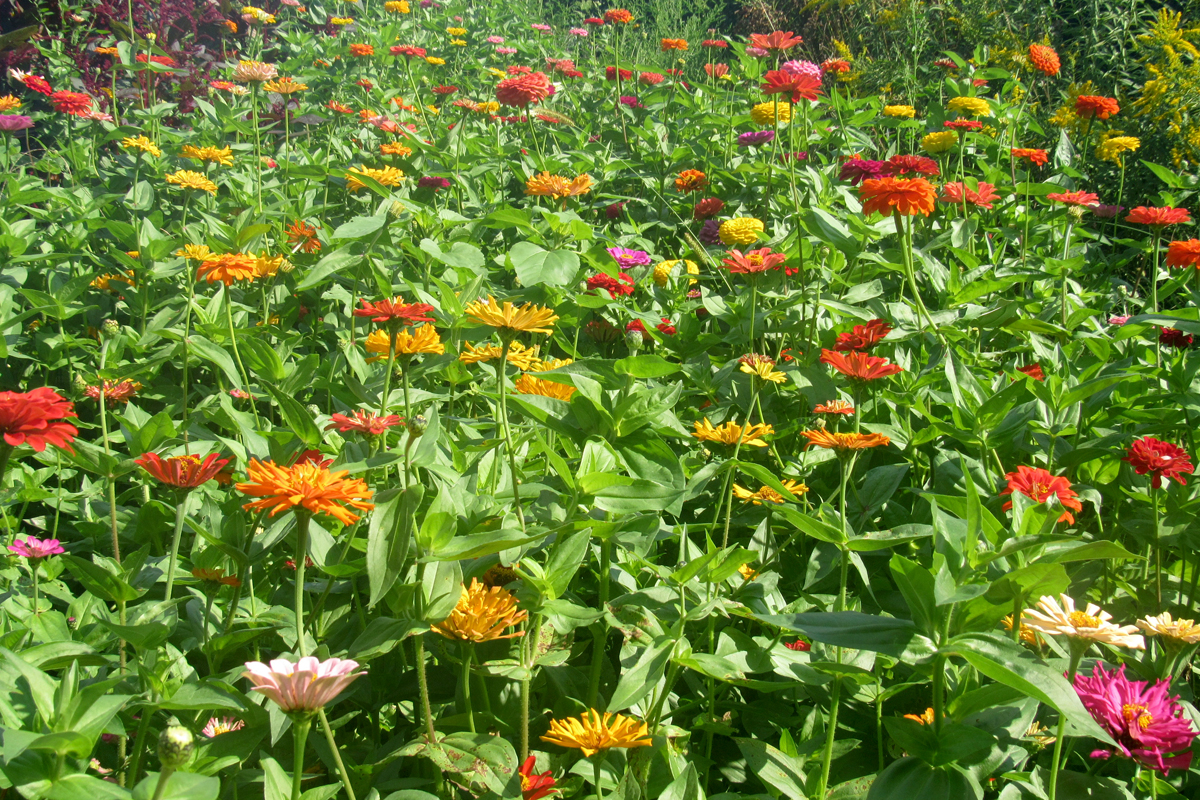Lupines add vertical interest

If you are looking to add colorful vertical interest to your perennial beds and borders, lupines (Lupinus) may be a great option for you. Lupines are a short-lived perennial which bloom late spring through early summer. They send up conical spikes of flowers that open from the bottom up and come in colors ranging from soft pastels to deep reds and violet blues. The palmate foliage sits below the tall blooms and adds garden texture long after the colorful flower spikes have faded.
Lupines are a member of the pea family, and their blossoms are somewhat similar to pea blossoms but more tightly packed on a much taller stem. The plant loves full sun and loose, sandy soil, which accommodates its long taproots. If you have clay soil, you can help loosen it with organic matter such as compost. Lupines also like slightly acidic conditions; if your soil tends to alkaline, lower the pH by adding sulfur.
You can purchase potted lupines at your local garden center, or you can grow them from seed. If you do plant seeds, make sure to soak them in warm water for a few hours or scarify them with sandpaper or a small file to help them absorb water. Lupines will readily self-sow if you leave the blooms on the plant to form seed pods. If you prefer to remove the seed pods, the plant may re-bloom later in the season. Because they readily self-sow, lupines make a great addition to meadow or wildflower plantings, where they will naturalize.
Lupines have a long taproot, so make sure you plant container-grown lupines as soon as possible after purchasing. Additionally, the long taproot means that lupines are not suggested for growing in containers.
Lupines attract beneficial pollinators, including bumblebees, butterflies, and hummingbirds. Some resources I found noted that lupines tend to be deer resistant, while others said they are not. Like other members of the pea family, lupines fix nitrogen in the air and improve soil fertility.
There are native lupines, but the ones you will most likely find at the garden center or as seed are the popular Russell hybrids, which were introduced by English gardener George Russell in 1937.
Keep the soil around your lupines evenly moist, but once established, the long taproots help the plant to tolerate dryer conditions. Mulch can help conserve soil moisture and keep soil temperatures cool. Because lupines enrich the soil, they don’t need fertilizer.
Lupines can be subject to insect damage and disease. Plant them where there is ample airflow and water early in the day. Aphids, slugs, and powdery mildew, as well as other fungal diseases, can damage and disfigure leaves and inhibit flower development. Fungicides may be necessary, but make sure you follow label directions. Fungicides work best when applied before signs of disease occur. Affected plants can also be cut back to the ground to encourage healthy new growth.






